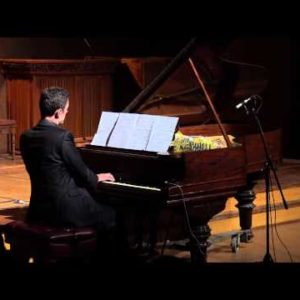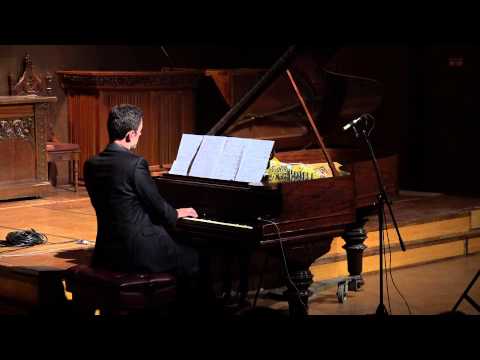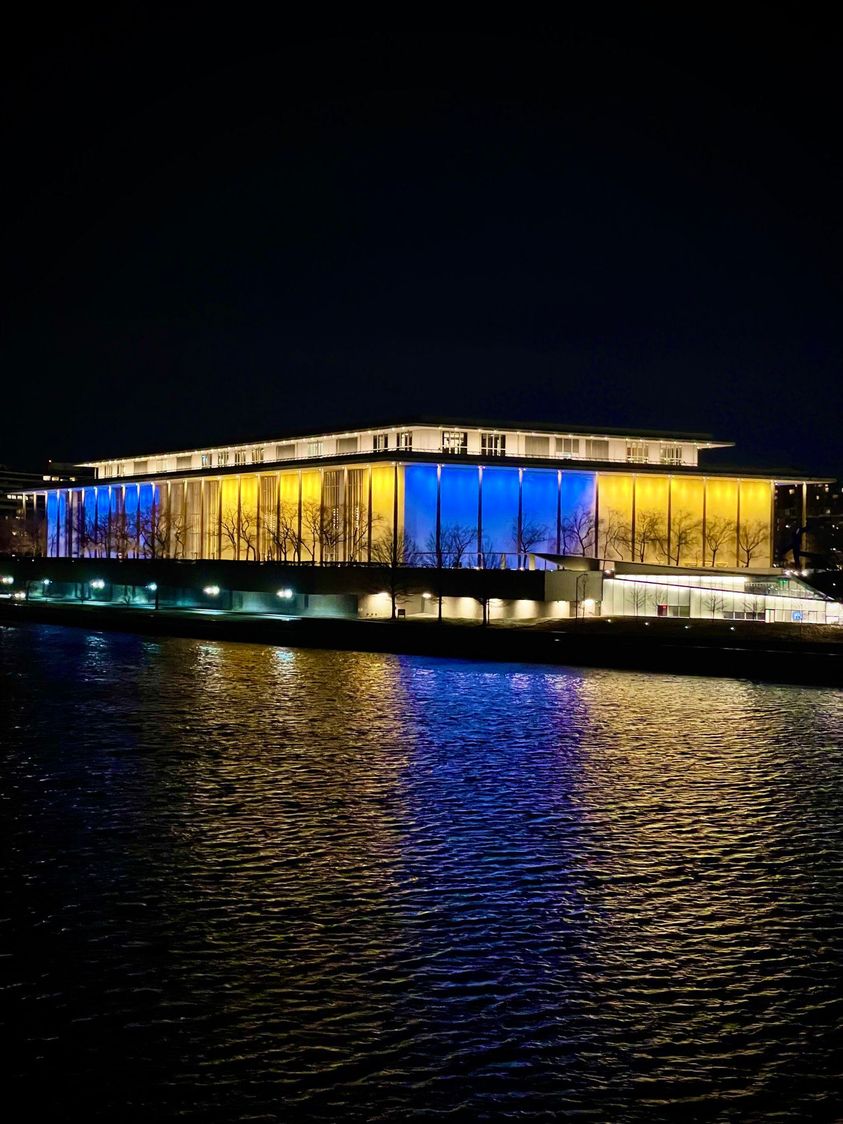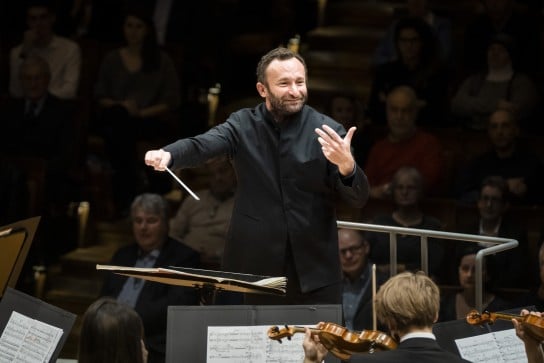The first virtual reality classical channel
NewsWe have been alerted to a new youtube channel where, with the aid of 3D glasses, you can become a virtual ‘presence’ in the space where the pianist is performing.
The music is the work of an unusually gifted Californian composer called Jeremy Cavaterra and it has been recorded as a world premiere performance at the Auditorio de Tenerife.
See what you think.
And if you’ve got the right glasses, tell us what you see.







Comments